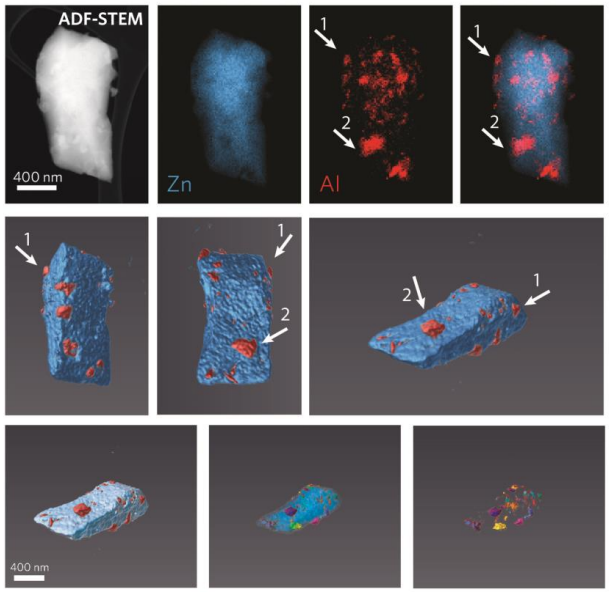Metal-Organic Framework Crystal-Glass Composites

The majority of research into metal-organic frameworks (MOFs) focuses on their crystalline nature. However, in recent research the vitrification of a number of MOFs has been revealed. We propose that the solid-liquid phase transitions involved in MOF-glass formation can provide unique opportunities for the creation of a new class of functional, stable and porous composite materials. Described herein is the design, synthesis, and characterisation of novel metal-organic framework (MOF) crystal-glass composites, formed by dispersing crystalline MOFs within a MOF-glass matrix. We demonstrate using structural characterisation and analytical electron tomography, that the coordinative bonding and chemical structure of a MIL-53 crystalline phase are preserved within the ZIF-62 glass matrix. Whilst separated phases, the microdomains of each lie close to one another and possess interfacial interactions which improve the mechanical properties of the composite glass. More significantly, the high temperature open pore phase of MIL-53, which spontaneously transforms to a narrow pore upon cooling, is stabilized at room temperature in the crystal-glass composite. This leads to a significantly higher gas adsorption capacity for the crystal-glass composite than for either constituent phase.